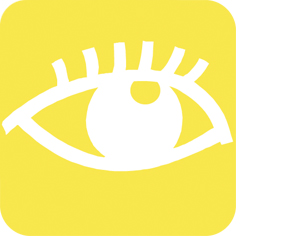Visual appearance

Visual appearance and light highly impacts the overall look and feel of a room. Lighter surfaces also create good conditions for cost efficient lighting. |
Light reflectance values for ceilings
Light reflectance is expressed as a percentage and states how much of the light falling on a surface is reflected back. It is often expressed as the Light Reflectance Value, LRV, being “the total quantity of visible light reflected by a surface at all wavelengths and directions when illuminated by a light source”. In order to get the best efficiency, both for incident daylight and lighting, the ceiling's light reflectance should be high.
Light Reflectance Value is measured in accordance with the BS8493:2008+A1:2010. Measurement values are evaluated with CIE 10 degree Standard Observer (1964) and CIE Standard Illuminant D65.
Gloss
The gloss of a surface translates into a single value (for a given angle of incidence of the light) to what extent the surface will reflect impinging light without scattering it.
Gloss is always related to a certain incidence angle (e.g. 20°, 60° or 85°) and does not describe how evenly the reflected light is distributed in space.
The gloss value is usually between 0 and 100 (can be higher for mirror-like metallic surfaces), where <10 is low gloss, 10-70 is medium gloss and >70 is high gloss, according to most of the relevant standards, i.e. ISO 2813 and ASTM D 523.


